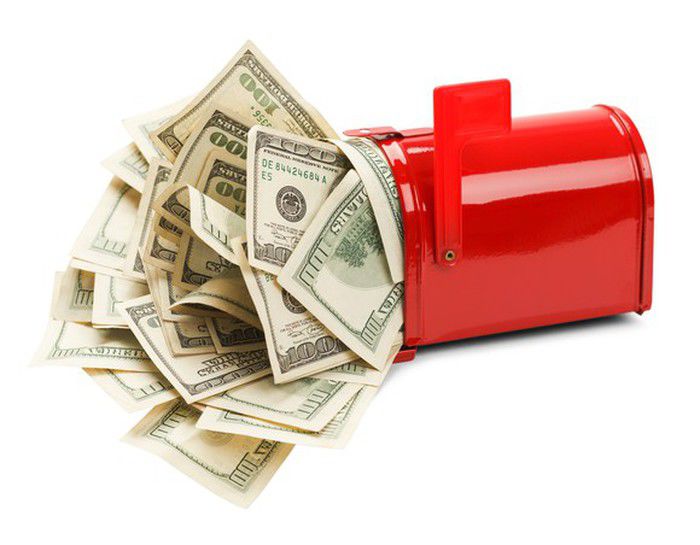
The Internal Revenue Service has issued a whopping $324 billion in tax refunds so far this year to nearly 112 million taxpayers, for an average refund of nearly $2,900. As good as it may feel to get that money, the reality is that it’s terrible news for those receiving a big refund. Indeed, angling for a large refund is a tax planning mistake that, given the numbers, far too many people are making.
After all, a tax refund is merely Uncle Sam handing you back your own money — money you paid to the tax authority but didn’t have to. In effect, getting a refund means you’ve given the government an interest-free loan until it decides to pay you back. That’s questionable enough on its own, but with the average American household carrying well over $100,000 in debt, it makes very little financial sense to lend out money for free while paying interest yourself.
What the IRS really needs from you
Ultimately, you do have to pay 100% of the tax you owe by the annual filing deadline (typically April 15), or else you’ll pay interest and penalties on top of that amount. Having said that, you don’t need to pay thousands more than you owe, well in advance of the filing deadline, and then wait to get it back. Instead, you need to pay — through timely estimated tax payments and/or timely withholding — enough to pass at least one safe-harbor test. Then, you can true up your payment by that April deadline.
There are three safe-harbor tests — one based on the total you owe for this year, one based on the total you owed for the previous year, and one with an absolute dollar threshold. It doesn’t matter which of the three you reach. As long as you reach one of them, you can wait until April 15 to send in the rest of what you owe.
The simplest one to understand is the absolute dollar threshold. As long as you’ve been timely in paying to within $1,000 of the total tax you owe for the year, you’re covered. This one works well if you have a steady income from stable sources that don’t change much year by year.
Next up is the current-year test. If you’ve been timely in paying at least 90% of your current year’s taxes (66 2/3% if you farm or fish for a living), you’re covered. This is a very useful test for people whose income is variable year to year and happens to be down or from a more tax-favored source in a given year.
Finally, there’s the prior-year test. For most people, if you’ve been timely in paying at least 100% of the amount you owed for the prior year, you’re covered. That goes up to 110% if you’re considered a high-income tax payer ($150,000 or more, or $75,000 or more if married and filing separately). This test is useful for people whose incomes are substantially up for the year or from a less tax-favored source.
What you get for reaching a safe harbor
By reaching any safe harbor, you get control of that much more of your money for that much longer. It can potentially mean thousands of dollars back into your pocket throughout the year. That’s money you can use to pay down debts faster (thus saving you interest costs), to keep you from getting deeper in debt in the first place, or to invest for your future.
No matter which safe harbor you hit, you get better flexibility, more cash in your pocket up front, and more control over your own money than you do by waiting on a refund check. If you still decide that you’d like to lend your money to Uncle Sam, you can always buy U.S. Treasuries with the money that would have otherwise been in your tax refund. At least that way, you’re getting some interest in return for lending out your hard-earned cash.